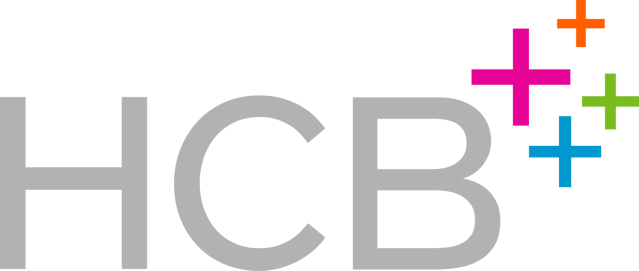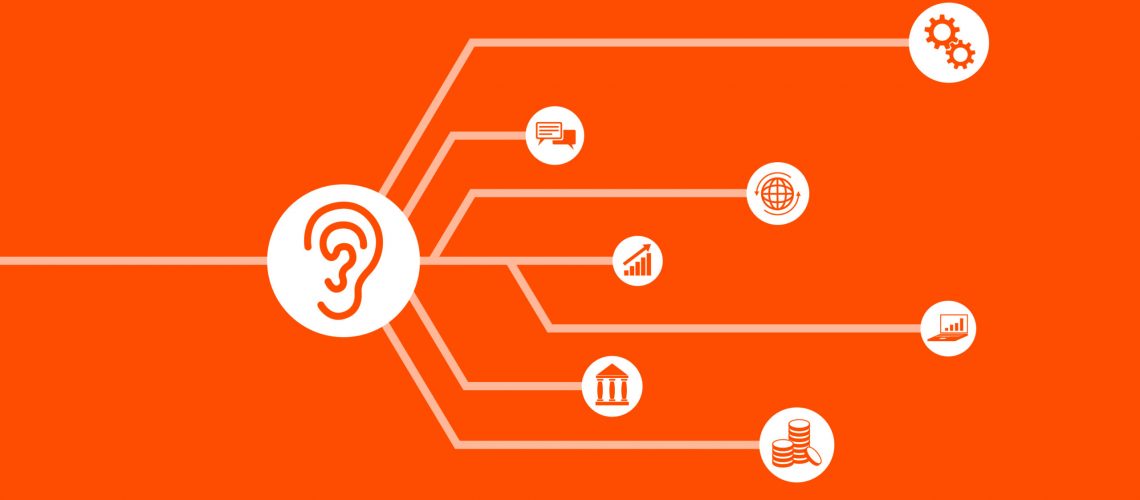An abridged version of this article appeared in the April issue of Healthcare Marketer’s Exchange http://hmexchange.com/archive/Foster_0419.pdf
The healthcare industry and healthcare marketing have changed significantly in the last few years — greatly driven by digitally empowered patients, caregivers and healthcare professionals engaging each other online in ever-increasing frequency and numbers.
The industry is essentially trying to catch up with the consumer.
With the U.S. healthcare and pharma industries expecting to spend close to $3B on just digital advertising by 2020*, manufacturers, hospitals and payors are clearly shifting significant resources and budgets to digital and social media programing. They’re investing in diverse types of programing too, including: channel and content development, paid media, influencer engagement programs, online customer support, workflow optimization and much more.
If you’re spending on digital, you need to know what works in digital — and the best way to get started is by listening.
Listening is no longer a luxury
 One of the most intriguing opportunities for the industry lies in the fact that this continuous uptick in online patient and customer activity is contributing to the exponentially growing digital data exhaust that is begging to be wrangled for insights and opportunities.
One of the most intriguing opportunities for the industry lies in the fact that this continuous uptick in online patient and customer activity is contributing to the exponentially growing digital data exhaust that is begging to be wrangled for insights and opportunities.
Before we get to how you can harness the data to support your business goals, let’s first take a closer look at what’s out there now. Essentially, there are two main categories of marketing data. The first — let’s call it “mono data” — is a more structured and process-driven layer of data that is typically sourced and managed directly. It includes: your CRM database, competitive intelligence reports, website analytics, market research and media monitoring.
The second area — let’s call it “stereo data” — is more unstructured and typically exists completely outside your direct business environment. When collected, organized and probed, it can enable a deeper level of customer understanding. This is in the realm of online search and social media analytics. And secured, understood and acted on well, “stereo data” can enable meaningful disruption.
Five ways to utilize digital data for better listening
Become a student of online behavior
What healthcare professionals, patients and caregivers actually do online is often far more telling than typical qualifiers like age, gender or income. The fact that someone living with chronic myeloid leukemia (CML) follows 32 of the most influential hematologists online reflects on clinical data coming out of ASH via Twitter and Instagram, while posting weekly video diaries to their CML Survivor YouTube channel gives us far more insight into the hearts and minds of not just the CML patient, but the community of 10K people per month that has formed around them.
Once you learn where to look, the clues are often laid out for you, giving you the insight to better align your messaging, services and tools with the needs of your audience. Listening to the data enables you to know with precision what matters to them — the type of content people share vs what they don’t, the exact language they use when they search just after receiving a diagnosis vs when they are five years in, knowing who they follow vs who they don’t follow — and then making sure to track it all and watch how it changes over time.
By becoming a student of the data, you gain a more strategic and nimble understanding of the audience you are trying to reach. And when coupled with accurate demographics and traditional market research output, you can direct your commercial efforts with greater efficiency and effectiveness to reach and engage those who matter most.
Miniaturize big data to leverage it
Big data is dead, long live small data. Once you start to scratch the surface of online engagement around your brand, you quickly realize there’s a low signal-to-noise ratio — it’s full of spambots, trolls and irrelevance. Do not fear the data firehose, instead find the right partner to help you push through. The good news is that you don’t need to know every piece of content related to your brand, you just need to focus your lens on the pockets of relevance and influence that are often hiding in plain sight.
There is an important model to keep front and center as you look to parse out the value in the data: It’s called the 1-9-90. Here’s how it works: The online conversation around any given brand is created by roughly 1% of that total audience, while 9% are generally commenting/sharing/liking, basically amplifying their content, bringing it to the 90% who are lurking and learning. This model is an important factor in both social media algorithms and search results alike, so it becomes a powerful tool once you learn how to leverage it.
The key is to follow who and what matters to your brand. You should know with precision who make up the people in the 1% and understand the behavior of the 9%, so you can more effectively reach the 90%. Focus your lens on the relevant and influential bits. Don’t try to bearhug the beast.
Ready your organization
When you dive in, many healthcare organizations are already leveraging listening and analytics, but it’s often disconnected and dispersed across the business. By taking a step back to build an organizational listening approach, you can accelerate adoption and extract greater value from your efforts.
One place to begin is by examining your overall brand planning approach, which normally includes a cyclical research input phase that informs strategy development and tactical development. This provides an opportunity to insert and codify listening so that it becomes part of your DNA in a meaningful and sustained way. Another opportunity lies further downstream in how you prepare for and maximize tactical programing. Events such as congresses, data announcements and launches have significant online exposure and engagement, providing a clear opportunity to flex your listening muscle.
Change and innovation are fickle things, despite the best efforts of a product manager or digital manager. Different parts of the organization often systemically reject the innovation that is being introduced. Legal and regulatory teams often deny or neuter innovations like digital listening for a myriad of reasons. Executives will often push their teams to innovate, but then will not adequately fund their efforts, dooming them to failure. The key is to minimize friction in the system by educating people across functions, while simultaneously developing policies and processes to mitigate the risk and pave a smoother path.
Ultimately, your listening strategy should be thoughtful, customized to your organization’s unique needs and rolled out at a pace that matches your organization’s ability to absorb change — but sometimes it’s worth slowing down so you can speed up.
Retool your engagement engine
Ultimately, it’s what you do with the data and insights that counts. Data and insights are meaningless unless they are translated into action. A key part of how you develop your listening muscle must always include a step that weaves learnings gained from listening into both your online and offline programing.
Key opinion leaders (KOLs) provide a great example where you can translate digital listening into valuable action. Most organizations have developed long-standing relationships with influential physicians that drive the scientific story around a disease area or product — but the filter that companies use to determine influence generally emphasizes their offline footprint.
Organizations have built teams to identify and nurture these KOL relationships through ongoing traditional engagement, but digital listening enables visibility to an online ecosystem of potential influencers that are just as relevant to your brand. These key online influencers (KOIs), who are often not just physicians, but also patients, researchers and advocates, require a new approach to engagement that puts pressure on your organization to rethink roles and responsibilities and try new models of engagement.
Measure what matters
Utilize digital and other tools to determine not only impressions and reach, but actual changes in knowledge, attitudes and behaviors. Start at the top by benchmarking your brand’s share of conversation versus your competitors. Next, work to identify the key topics and issues that repeatedly emerge around your brand, then slice and dice those by the factors that matter to you, such as audience, geography and channel. Find the patterns to identify what triggers engagement by studying exactly when people share content or follow a new set of influencers. Work to understand the natural language of your audience so you can adjust yours to better connect and reflect. Listen at a cadence that allows you to bridge the learnings into actions: annually to inform brand planning, monthly or quarterly to feed ongoing activation, daily if you are in a crisis.
The key is to make sure you do something with the insights you’ve obtained. Weave your findings into your messaging and communications strategies. Build them into your channels, offline and online. With practice, you will learn to inject insights into your engagement engine so you can compete and differentiate on a whole new level.
Colin Foster is the Chief Digital Officer at HCB Health. Connect with Colin on LinkedIn: https://www.linkedin.com/in/colinfoster/


